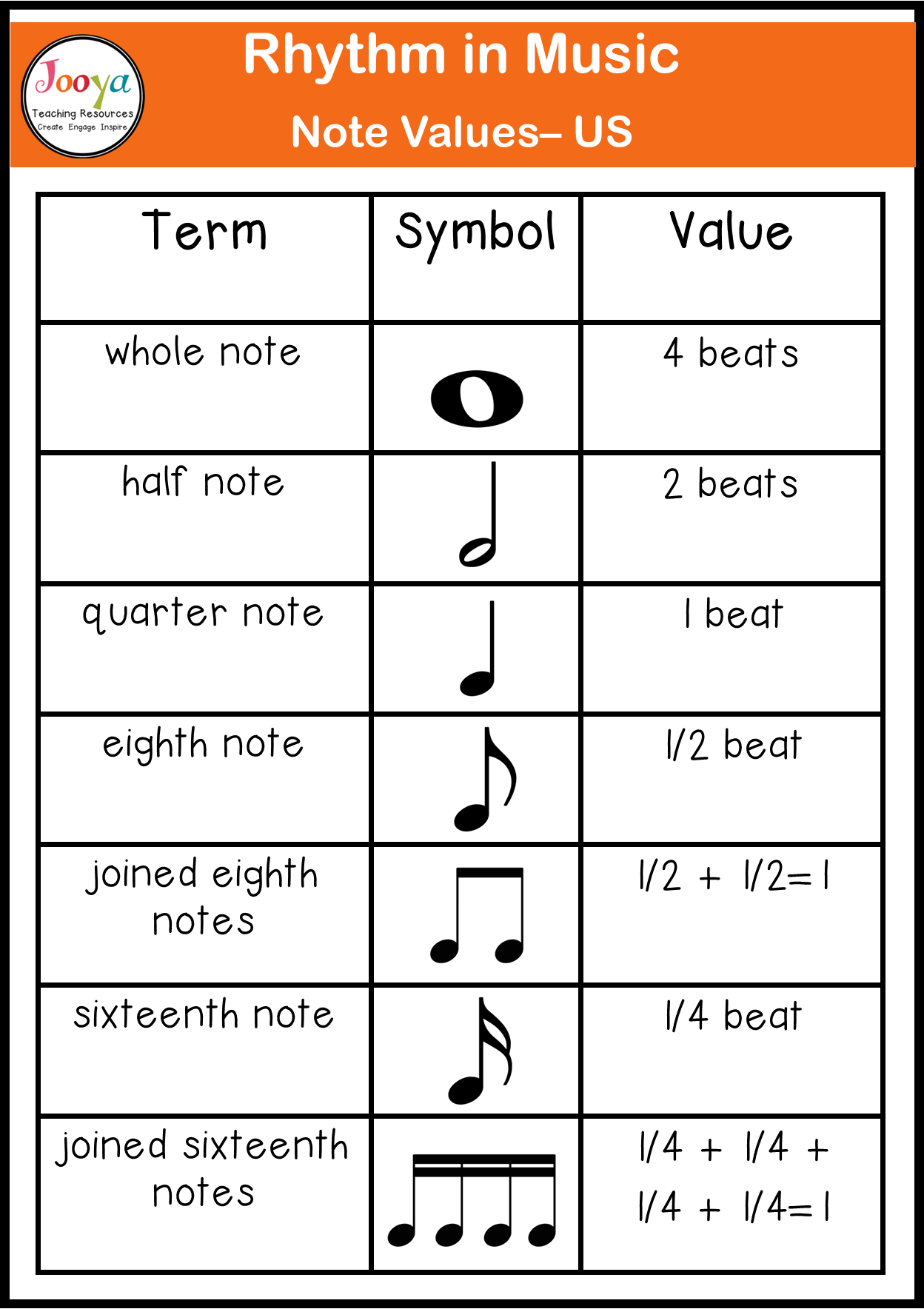[ad_1]
Quarter Note = 1 count
A quarter note is all black with a stem on it either going up or down. I call it our “stepping” note because the note just steps and moves along. With 4/4 time, you would have a measure of 4 quarter notes because one quarter note gets 1 count. Remember music and math go together.
Half Note = 2 counts
A half note is all white with a stem on it. When playing this kind of note you would pause, like coming to a yellow traffic light. You would play a half note, counting 1 & 2 &. With 4/4 time, you would have 2 half notes in a measure to play because 2 + 2 = 4. Remember music and math go together!
If you are not sure what a measure in written music is, always remember that the notes placed between bar lines is a measure. Bar lines divide music into measures. When looking at a piece of music, go to the very end of a song and there you will find a double bar line.
Repeat Dots (Repeat Sign)
The two dots at the end of the piece are a repeat sign, meaning to play the song from the beginning. Sometimes my students ask, “Oh, do I have to?” The answer is “yes” because the composer intended for that section of music to be played again! Another way to look at it is that you will not have more pages to turn. Just play the first page again or perhaps it will be just a few lines repeated. The repeat sign is a very valuable sign indeed.
Whole Note = 4 counts
A whole note is a white note, too but it does not have a stem on it. I call it our doughnut note. Some of my students call it a “hamburger” note! When you see a whole note, you must hold the note down and count, 1 & 2 & 3 & 4 &. It is just like coming to a red light and making a full stop.
Dotted Half Note = 3 counts
A dot after a note adds half the value of the note. So, you now have 2 + 1 = 3 beats. You hold the note down and count, 1 & 2 & 3 &.
Now, the cool thing is that every type of music note has a corresponding rest. A rest sign means “do not play” like a rest area. Sometimes it means get your hand ready in position and move up, yet still do not play a note, just rest! Examples of some rests are:
Quarter Rest
It looks like a “Z” and a quarter rest gets 1 count.
Half Rest
It looks like a black top hat. A half rest gets 2 counts or beats of silence. A half rest sits above the third line.
Whole Rest
Looks like an upside down black top hat. The whole rest hangs below the fourth line. It gets 4 counts or beats of silence.
Each measure in 4/4 time has notes and rests adding up to 4 counts.
Time Signature
The time signature is the two numbers written at the beginning of a piece. The top number tells how many beats are in each measure. The bottom number tells what kind of note gets one beat.
2 means two beats in each measure
4 means the quarter note receives one beat or count.
3 means three beats in each measure.
4 means the quarter note gets one beat.
4 means four beats in each measure
4 means the quarter note gets one beat.
Practice Directions
1. Clap and count the rhythm aloud.
2. Play and say the name of notes aloud.
3. Play and count the rhythm aloud.
[ad_2]



